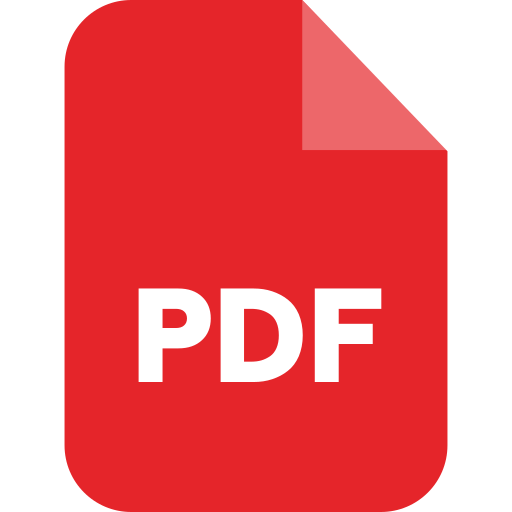Blue Carbon Mangrove Restoration in South Clarendon
Solutions for Society
UWI SODECO
2020 - 2026

Project Overview
This large-scale restoration initiative focuses on rehabilitating degraded mangrove ecosystems along Jamaica’s southern coastline in Clarendon. The project is the largest of its kind in the Caribbean, aiming to restore 1,600 hectares of dead or dying mangroves out of a total forest size of 3,500. It is funded by DEFRA and administered by the IADB.
The area spans the coastline from Salt River to Milk River and includes sections of the Portland Bight Protected Area, Jamaica’s largest designated environmental protection zone. The project is part of the broader global push to harness blue carbon ecosystems to address climate change, biodiversity loss, and sustainable development.
Project Details
Key Challenges and Underlying Threats
Based on a baseline assessment (2021–2023), the project identified the following drivers of
mangrove degradation:
Hurricanes (2004, 2007, 2012): Uprooted trees and deposited sediments, blocking water channels and disrupting tidal flushing.
Decline in freshwater flow: Triggered by the virtual cessation of flooding irrigation for sugarcane cultivation, compounded by blocked and garbage-filled channels.
Infrastructure development: Roads and railways disrupted natural water flow, worsening the impact of storms.
Land use change: A shrimp farm at Knighties Pond disrupted surface water flow and led to sediment buildup.
Reduced groundwater levels: Driven by drought and water extraction, leading to hypersaline soil conditions.
Freshwater ponding: Caused by discontinued pumping at Salt River and groundwater abstraction for irrigation.
Charcoal production: Mangrove trees were cut for fuel, accelerating forest loss.
Restoration Approach
The project is grounded in nature-based solutions, with an emphasis on supporting the natural regeneration of mangroves. Restoration activities include:
Reopening blocked freshwater channels to restore surface water flow.
Reopening sea channels to reintroduce tidal flushing and saltwater exchange.
Installing culverts to restore hydrological connectivity where roads have disrupted natural flow.
Encouraging seedling dispersal from healthy donor trees using the area’s natural water movement.
Project Goals
Medium-Term Goal (in 5 years): Restore 50% of historical mangrove cover in targeted areas.
Long-Term Goal (10+ years): Achieve 70% recovery of degraded mangrove ecosystems.
Strengthen biodiversity, ecosystem services, and community livelihoods throughout the restoration zone.
Conclusion
This project represents a critical step forward in Jamaica’s commitment to enhancing environmental resilience. By restoring mangrove ecosystems, SODECO and its partners are restoring coastal protection, supporting biodiversity, and contributing to global climate mitigation through blue carbon restoration.
Related Documents


